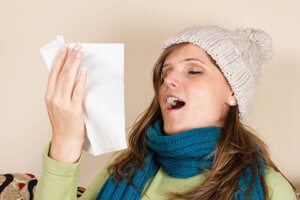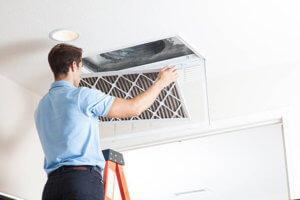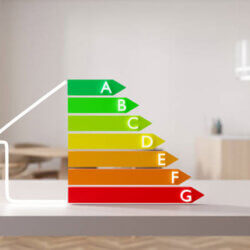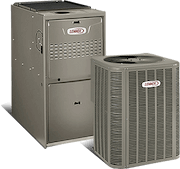
Each year in the U.S., over fifty million people suffer from allergies, which are one of the major causes of chronic illnesses. Allergens are present in dust, pollen, and mold. Seasonal allergies caused by sensitivity to dust mites, pollens, or airborne mold spores, tend to get worse in fall, winter, and spring. A well-maintained HVAC system improves air quality, prevents the accumulation of allergens, reduces fall allergy concerns, and enhances the level of comfort inside your home.
Read on to learn more about ways to use your HVAC system to prevent fall allergies or contact our heating and air conditioning experts in St. Louis to learn more.
How to Use Your HVAC System to Prevent Fall Allergies
- Replace filters frequently: The air filter is a key part of keeping your HVAC system running smoothly and efficiently. It traps dust and air-born particles and keeps them from clogging the coils and the blower. Clogged coils are not able to cool or heat the air and will eventually damage the HVAC system. The trapped dust in the filter can exacerbate fall allergies because they house tiny dust mites, which are one of the most prevalent indoor allergens. If you or anyone in your family suffers from seasonal allergies, changing the filter every 30 days is recommended. Apart from preventing fall allergy problems, keeping your air filter clean is key to ensuring the system runs efficiently.
- Consider HEPA filters: For those with severe fall allergies, upgrading to high-efficiency particulate air or HEPA filters is a good idea. HEPA filters remove 99 percent of air contaminants that can help prevent a fall allergy symptoms. Your HVAC technician can help you choose the right filter for your system.
- Inspect vents and ductwork: Poor indoor air quality can also be due to dirty ducts and vents that pick up impurities in the air. Air ducts and vents can harbor notorious allergens such as mold, pollen, and mildew. Clean the air vents with a microfiber cloth and inspect the ducts regularly for mold growth, musty odors, or dampness. Have this on your spring and fall cleaning checklists, as it is a crucial step to maintaining high-quality air in your home. Schedule professional inspection and cleaning if you do notice a musty smell or mold growth.
- Check humidity levels: Excessive humidity can encourage mold and mildew growth that exacerbate fall allergy problems. Too little moisture is also dangerous for those suffering from allergies. The ideal humidity level is around 40 percent. You can use humidifiers or dehumidifiers as required to maintain an ideal humidity level to combat allergies.
- Keep the area clean: Apart from cleaning your HVAC system, it is also vital to keep the area around the system clean. Cleaning the surrounding areas prevents allergens such as pollen and dust particles from entering the HVAC system.
- Schedule professional HVAC maintenance: For those with fall allergy symptoms, fall can be a season that people with allergies dread. Preventive maintenance helps you stay prepared for seasonal variations and protect your family and yourself from allergies. Professional HVAC technicians offer a range of services, including a thorough inspection of ducts, vents, and the HVAC system, repair work, cleaning of the system, indoor air quality evaluation, and air filter replacement. While you can’t control all the external factors that lead to fall allergies, you can optimize your health by maintaining your HVAC system in pristine condition.
Alleviate Fall Allergy Concerns with Help from Galmiche & Sons

As the leading HVAC contractor in St. Louis, we at Galmiche & Sons offer premium quality HVAC maintenance and repairs that keep indoor allergens at bay. Contact us for all your heating and air conditioning needs today.









